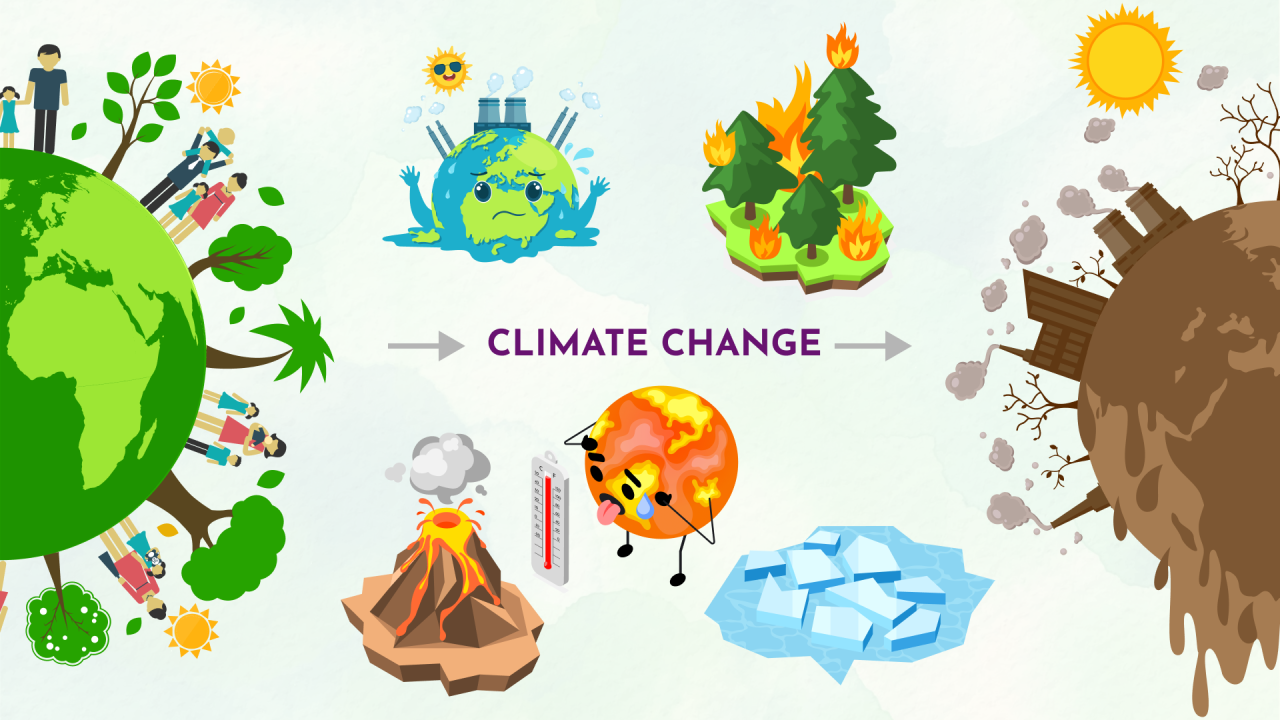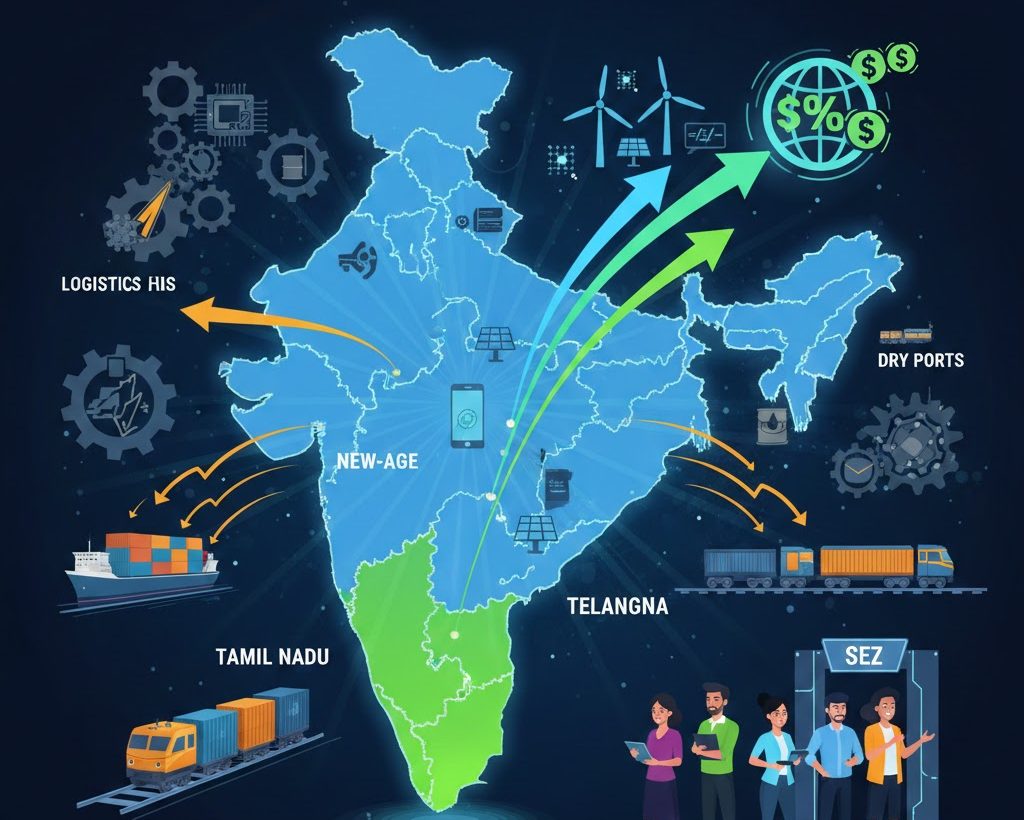Font size:
Print
Causes of Widespread Rainfall Across India
Context:
The southwest monsoon covered the entire country by July 2, six days ahead of its normal schedule.
More on news:
- At least 80% of the country reported widespread rainfall last week, with heavy to very heavy spells in regions including Assam, West Bengal, Uttar Pradesh, Uttarakhand, Gujarat, coastal Maharashtra and Karnataka, Kerala, and Lakshadweep.
Favourable Weather Systems:
- Moisture-Laden Westerly Winds: Continuous influx of moisture-laden strong westerly winds from the Arabian Sea.
- Current Position: Shifted towards the south, resulting in more rainfall in central, eastern, and peninsular India.
- Additional Contributing Weather Systems:
-
- Off-Shore Trough: A shallow trough of low pressure along India’s coast between south Gujarat and north Kerala has persisted for more than a week.
- Wind Shear Zone: Development of a wind shear zone along latitudes 20°N between central and peninsular India.
- Low Pressure System:
- Development: A low pressure system developed over the west-central Bay of Bengal, off the Odisha coast on Monday.
- Movement: Moved over Chhattisgarh and adjoining Vidarbha on Tuesday, and over southeast Madhya Pradesh on Wednesday.

Monsoon:
- A monsoon is a seasonal change in the direction of the prevailing, or strongest, winds of a region.
- Monsoons cause wet and dry seasons throughout much of the tropics. Monsoons are most often associated with the Indian Ocean.
- Monsoons always blow from cold to warm regions. The summer monsoon and the winter monsoon determine the climate for most of India and Southeast Asia.
Mechanism of South-West Monsoon:
- Differential Heating and Cooling of Land and Water: During the summer months, the landmass of India heats up more quickly than the surrounding seas.
-
-
- This creates a low-pressure area over the land, while the seas around India experience comparatively high pressure.
-
- Shift of ITCZ: In June, the sun shines vertically over the Tropic of Cancer.
-
-
- The Inter-Tropical Convergence Zone (ITCZ) shifts northwards to the Indo-Gangetic Plain, causing the southwest monsoon winds to blow from the Arabian Sea and the Bay of Bengal towards the Indian subcontinent.
-
- Coriolis Force: The southeast trade winds from the southern hemisphere cross the equator.
-
-
- Due to the Coriolis force, these winds are deflected and start blowing from the southwest to the northeast, forming the southwest monsoon winds.
-
- Withdrawal of Westerly Jet Stream: The shift in the position of the ITCZ is associated with the withdrawal of the westerly jet stream from its position over the north Indian plain, south of the Himalayas.
- Onset of Easterly Jet Stream: The easterly jet stream, also known as the Somali Jet, sets in along the 15°N latitude after the westerly jet stream has withdrawn.
-
-
- This easterly jet stream is responsible for the onset of the monsoon in India.
-
- Bifurcation of Monsoon Winds: As the monsoon winds approach the Indian subcontinent, the relief and thermal low-pressure areas cause them to split into two branches:
-
- Arabian Sea Branch: Monsoon winds originating over the Arabian Sea.
- Bay of Bengal Branch: The Arakan Hills along the coast of Myanmar deflect a significant portion of this branch towards the Indian subcontinent, entering West Bengal and Bangladesh from the south and southeast.

El Niño, La Niña and Indian Monsoon Relationship :
- El Niño weakens trade winds across the Pacific, reducing moisture-laden monsoon winds over India, leading to reduced monsoon rainfall. Historically, at least half of the El Niño years were monsoon droughts (below -10% departure from the long-term average).
- La Niña, the cool phase of ENSO, generally enhances the strength of the trade winds, potentially increasing the moisture-laden monsoon winds over India, often leading to increased rainfall.



